A Sit-Down with Sight Unseen’s Monica Khemsurov & Jill Singer
What's New, What's Next
New Yorkers Monica Khemsurov and Jill Singer first met about a decade ago while working as editors at ID Magazine. In 2009, together they launched Sight Unseen, an online design magazine spotlighting “what’s new and next in contemporary design.” The site quickly became a go-to resource for inspiration for design lovers around the globe, embracing all that’s fresh and fun while maintaining a consistent aesthetic. Even as they cull projects from up-and-coming, independent designers all over the world, a clearly defined, “Sight Unseen” style has emerged—particular colors, shapes, and mixed materials that could quite conceivably define the way the world looks back on the 2010s, say 50 years from now. In an era when independent designers around the world seem to all be doing their own thing, the Sight Unseen choices give us a sense of a larger design movement.
In addition to their popular site, Khemsurov and Singer have since gone on to curate a series of shows and events. In fact, the pair just completed their latest installment of Offsite, a must-see, now-annual group design exhibition held in conjunction with New York’s Design Week. Though still catching their breaths from the recent excitement, the two took a few moments to sit down and chat with us.
Anna Carnick: What is Sight Unseen’s mission?
Sight Unseen: To be a resource for discovering the best new talents, objects, materials, aesthetics, ideas, trends, technologies, and approaches in contemporary design and the visual arts. We have a strong focus on independent makers, often working across traditional disciplinary boundaries, but we’re just as likely to feature a chair by Konstantin Grcic for Vitra if we think it’s interesting, beautiful, and relevant.
AC: How did Sight Unseen begin?
SU: When the time came for us to move on from ID, we wanted to do a project together that would be a kind of sandbox for us to indulge in the elements of working at ID that we’d most enjoyed—showcasing emerging talents and telling backstories about process and inspiration. We realized that the easiest and quickest way for us to build a platform would be to start an online magazine. We dreamed up the idea for Sight Unseen a month after we left ID, and it launched a mere six months after that.
AC: How has Sight Unseen evolved since 2009?
SU: When we started, our idea was to focus exclusively on the spaces and stories in design that the average person typically wouldn’t have access to—hence the name Sight Unseen. We still do a great deal of that, but we’ve loosened up our directive as we’ve become more interested in curation and scouting and forecasting what’s new and next. We also launched just as a wave of other studio-visit-focused websites were about to launch—it must have been in the air. We’ve always done exactly what we wanted to do on Sight Unseen and followed our instincts, so as our interests change, the site changes, too.
AC: While your site spotlights a broad array of designers and innovators, Sight Unseen has a particular aesthetic. How would you describe it? What’s the stylistic (or other) thread that connects the designers you present?
SU: Again, we always follow our instincts. So if you look carefully you’ll see the ways in which our aesthetic is constantly shifting in response to new materials, new ideas, new vibes we start to feel in the air. The thread that anchors it all is that we love clean, graphic lines, simplicity, and minimalism, but also the skillful mixing of materials and textures, and a strong use of color and geometries. We don’t like anything kitschy, overly conceptual, overly trendy, overdone, or anything related to street art. We also hate when people try to solve problems that don’t exist in an attempt at achieving novelty (ie, creating something to cleverly address a need that’s not realistically useful).
AC: What trends are you seeing and enjoying most right now?
SU: Material blocking—it’s like color blocking, but mixing solid fields of single materials. Also, we’re very much loving the ongoing trend of designers inventing their own materials and techniques, and making their pieces about that process more than about function. And then there’s the [recently observed] “warm minimalism” trend.
Anna Carnick: This year’s Offsite exhibition was really well received. In your opinion, what set this year’s show apart from those of past years?
Sight Unseen: This year, from our perspective, was only slightly different from past years. The rigorousness of our curation was the same, and the spirit of the show as a platform for new ideas and talents in design was the same. But we did invite more brands into the show than we have previously, such as Umbra Shift and Land of Nod. We also had two elaborate, curated projects—an exhibition in which a dozen designers created objects inspired by Shaker furniture and a project in which we invited five American studios to collaborate long-distance with five Norwegian studios—and a greater international presence at this year’s show.
AC: Where do you hope to see Sight Unseen five years from now?
SU: We have the same hopes for Sight Unseen that anyone would have for their business: We’d like it to grow! To have more content, more readers, and more great contributors. Of course for us, we’re only willing to develop it in ways that stay true to our really specific vision and curation, so our growth tends to be slower than most. We’ll see. We’d also love to see Sight Unseen OFFSITE grow to encompass even more brands and designers that fit that vision.
-
Interview by
-
Anna Carnick
Anna is Pamono’s Managing Editor. Her writing has appeared in several arts and culture publications, and she's edited over 20 books. Anna loves celebrating great artists, and seriously enjoys a good picnic.
-
More to Love
Labyrinth Cylander by Dana Bechert

Woven Zig Vase by Dana Bechert

Totem 2 by Anthony Bianco for Bianco Light & Space, 2017

Totem 1 by Anthony Bianco for Bianco Light & Space, 2017
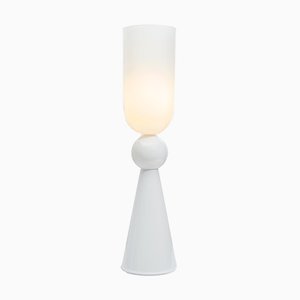
Pavillion Sconce from Bianco Light & Space, 2017
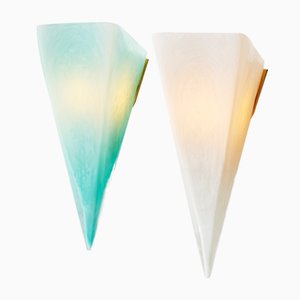
Equinox Pendant by Anthony Bianco for Bianco Light & Space
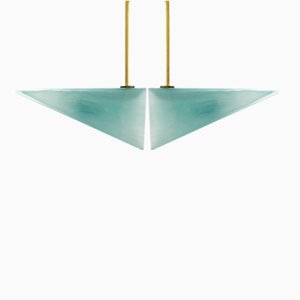
Dazzle Fan Vase by Dana Bechert
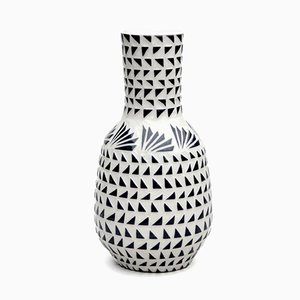
Artemis Vase-Saffron by Elyse Graham
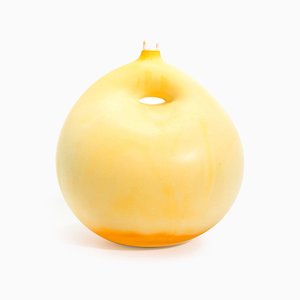
Artemis Vase-Mint by Elyse Graham

Athena Vase by Elyse Graham
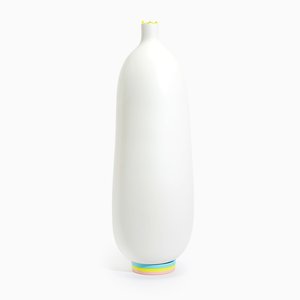
Drip Tray by Elyse Graham
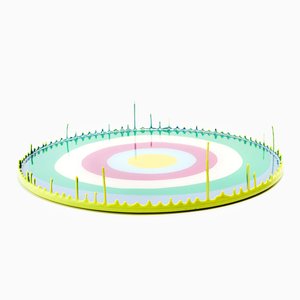
Arrow Bowl by Dana Bechert
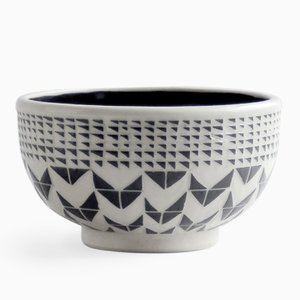
Wacky Inlay Vase by Dana Bechert

Milk Jug Vase by Dana Bechert
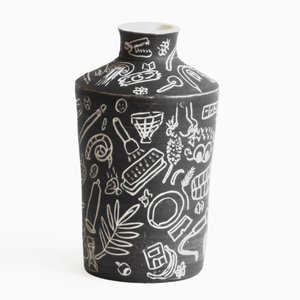
Equal Inlay Vase by Dana Bechert

Yassin Torchiere by Bianco Light & Space
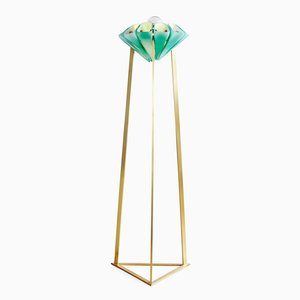
Cyrus Torchiere by Bianco Light & Space
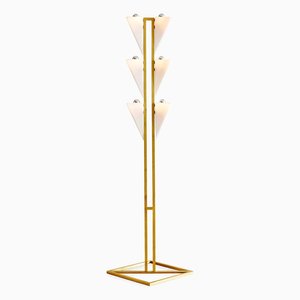
AnNur Torchiere by Bianco Light & Space
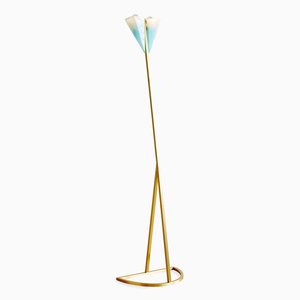
Brick Dash Vase by Dana Bechert
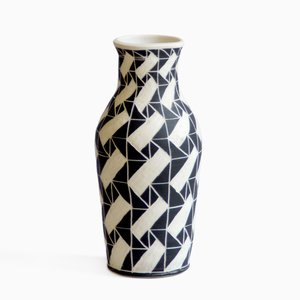
Wide Optics by Dana Bechert
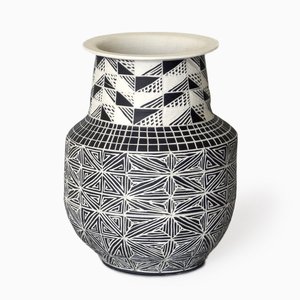
Drip Mirror Large in Fuchsia by Elyse Graham

Blue Marbled Bowl from Dana Bechert
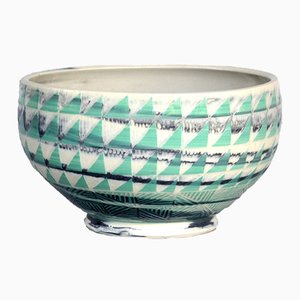
New Surface Strategies Bench from Soft Baroque, 2015

New Surface Strategies Chair from Soft Baroque, 2015

New Surface Strategies Armchair from Soft Baroque, 2015

Drip Mirror Large in Mint by Elyse Graham

Hera Vase in Graphite by Elyse Graham

Hera Vase in White by Elyse Graham
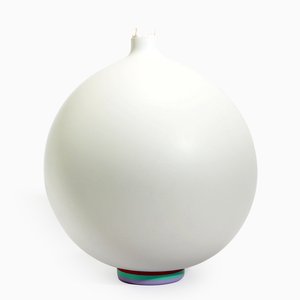
Hera Vase in Peach by Elyse Graham

Totem 3 by Anthony Bianco for Bianco Light & Space, 2017
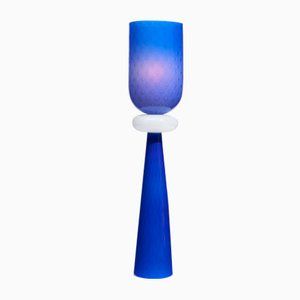
CLICK Copper Shelf by NEW TENDENCY
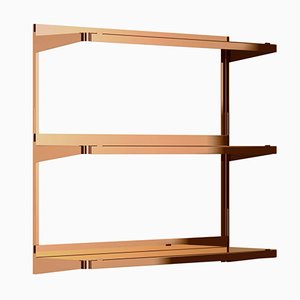
Sirius Chandelier by Bianco Light & Space
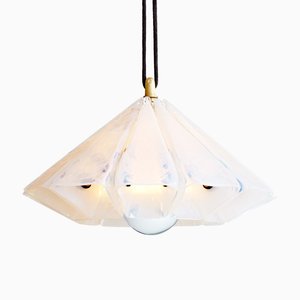
Flared Fineline Vase by Dana Bechert


